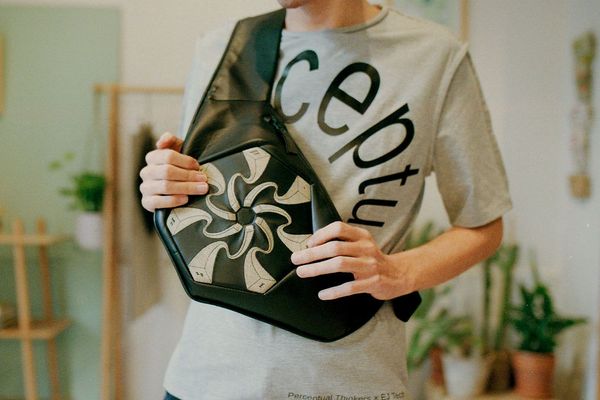What can we call home? It’s a place where we can truly be ourselves, and where we can spend time with our closest circle, a private space that—whether alone, with family, or with friends—provides the most intimate environment. Regardless of our mood or what we’re wearing, it is privacy, that gives us a sense of security. This is perhaps why the Mastar studio or to be precise, the Le <3 project by Slovenian architect Maja Stamenković, is so interesting, as it approaches the classic sense of home from a different perspective and experiments with the blurring of boundaries.
The Le <3 project is a place where art and home meet, it’s both a living space and where Ravnikar Gallery Space intertwine, in a place that aims to express its love of art and the spatial realization of a new creative form of space. Lastly, the <3 project is also a witty response to the unpredictable situation the pandemic has created. The fusion of different spaces is not a recent phenomenon, since the start of the pandemic, the locations where work and private life take place have become radically reorganized, and with property prices rising, the creative combinations of spaces are experiencing their heyday. The latter’s success is most likely due to the fact that specific interpretations of space carry an additional message, which also gives new meaning to an environment—beyond just the atmosphere of a home. In this regard, besides function and emotion, an additional meaning—such as artistic value, architectural heritage, style or even a trend—comes into play. The perfect examples of this are loft apartments, where old factory buildings are given a new lease of life, however, there are even more creative approaches, such as the reimagining of schools, warehouses and hospitals. In the case of creative artists, the realization of a combined studio and living space is also a perfect example, while in the present case, a gallerist’s dream has been realized by combining a vocational and personal space.
How can a harmonious balance be struck between private and public life? Or how can we achieve and promote a quality integration between architecture and art based on complementarity? It is these and similar questions that were raised in the discussions between the architect and the client—Piera Ravnikar, the gallery’s director—as this project not only involves harmonizing spaces, but also refers to the relationship between architecture and art. The answer is visually encoded in the final result, and the balance between spaces lies in the spacious, clean rooms, dominated by artworks.
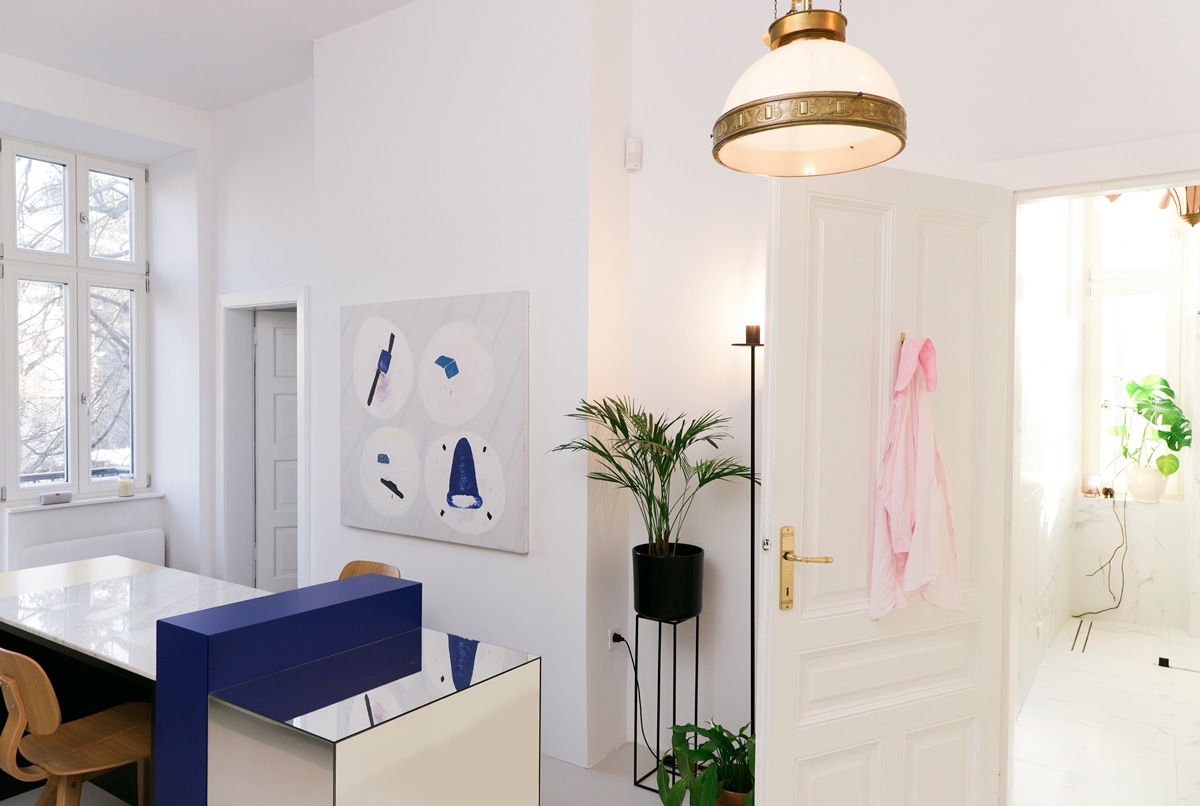
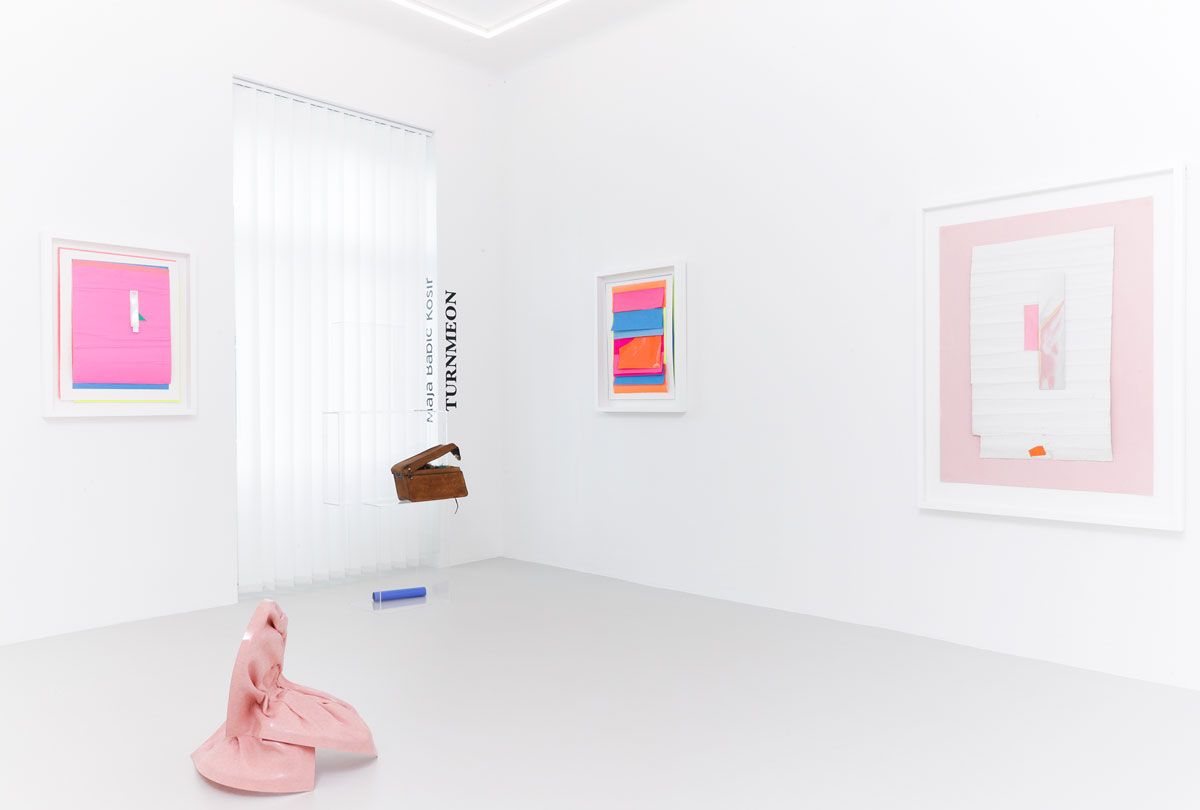




Based on this concept, the starting point was to find a way to achieve the kind of space that is required for a gallery in an old town building originating from 1915. According to Maja Stamenković’s architectural insight, this required a strong dosage of creative improvisation—most notably with the demolition of certain walls. The minimalist white walls create an essentially sterile atmosphere while also illuminating the space, with natural light flooding through the windows, highlighting the small details of the rooms. So as of now, the role of architecture is being a frame in which art, or more specifically, artifacts, can be placed in to become the center of attention. Or to put it simply, we could say that architecture is used to emphasize art, with harmony being based on reference and contrast.
The common design element of the apartment and gallery is based—among other things—on the sharing of spaces, where rooms have been created with multiple uses and functions, for example, turning the kitchen into a guest lounge area. A key element in the space is a striking Building Blocks art installation, which is the owner’s creation and functions as a table, kitchen island, artwork and also as a spot for socializing. However, for its designer, the art installation has an even broader meaning: it’s a building block to connect galleries, artists, art lovers, potential buyers, and is also a symbol of the walls that once stood in its place.
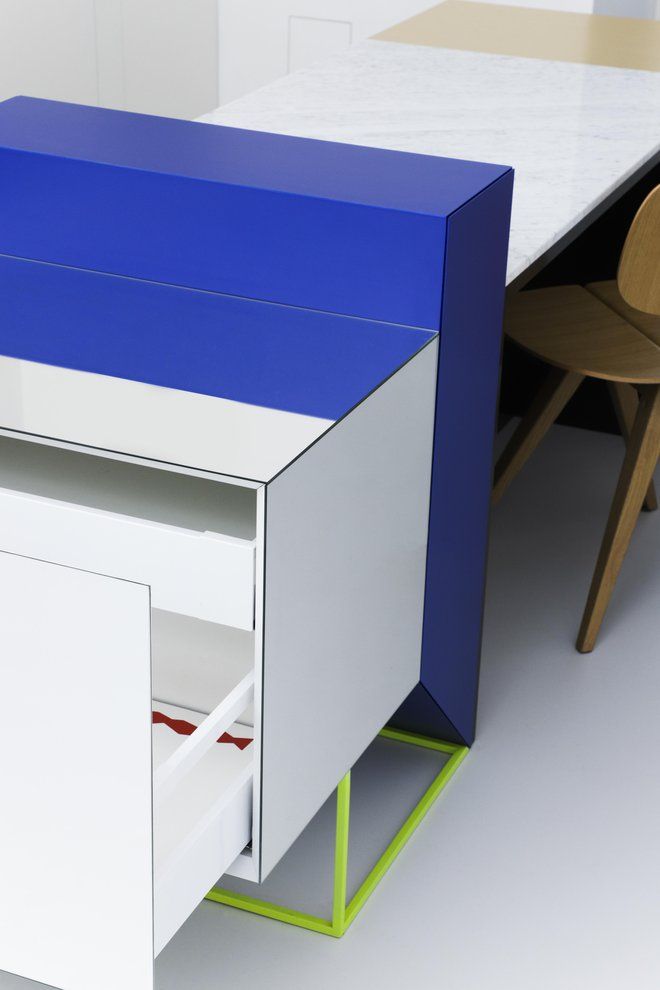
All rooms of the apartment/gallery space are open to visitors, except for the bedroom, which gives us an opportunity to reflect on the importance of the division between privacy and publicity, which has become increasingly blurred in the virtual presence. The bedroom is the fine line between personal and public space.
The exhibition is open by appointment only, so that the gallery can only be visited by those who are genuinely interested in the artworks on display, and this also results in a much more direct relationship between the gallery owner and visitors.
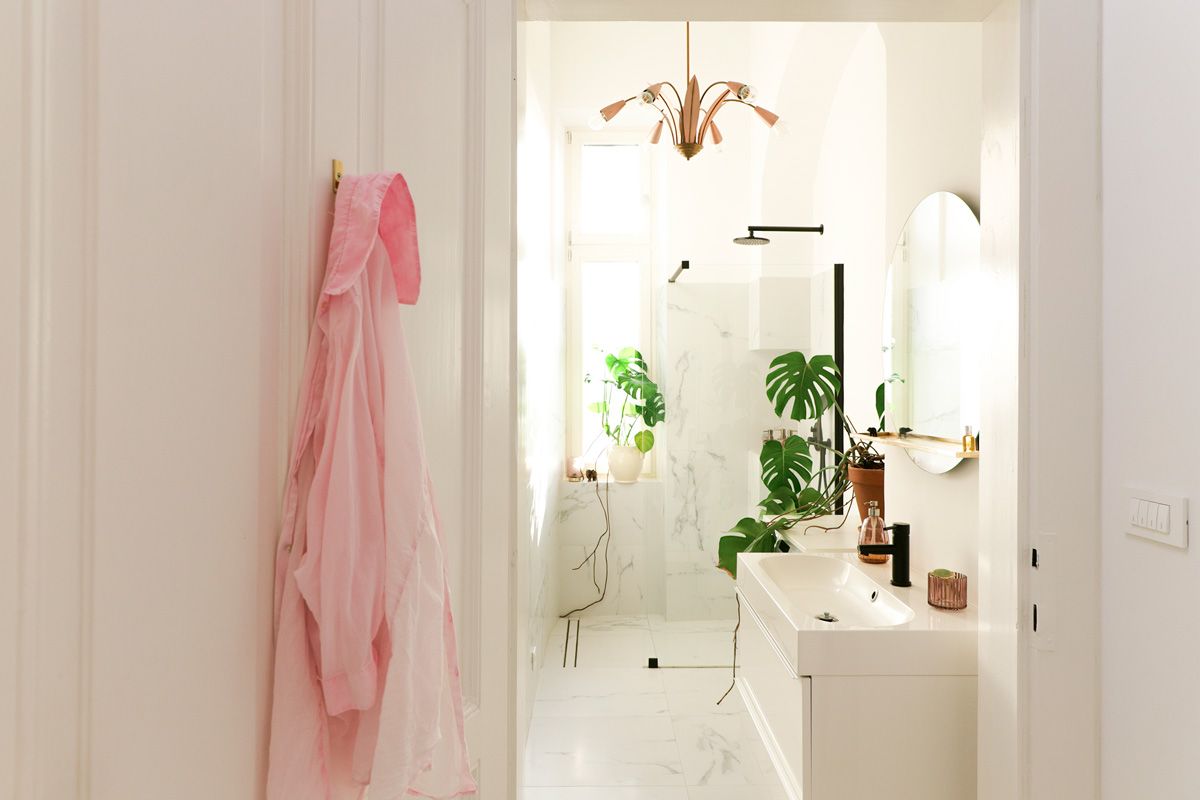
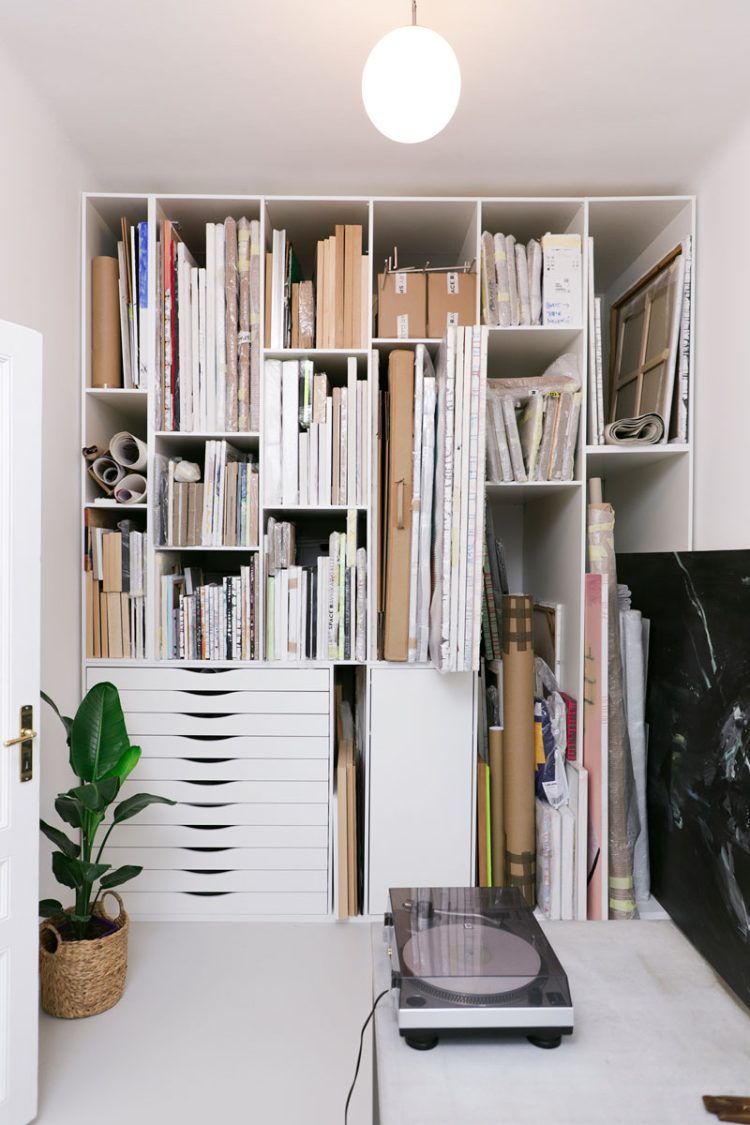
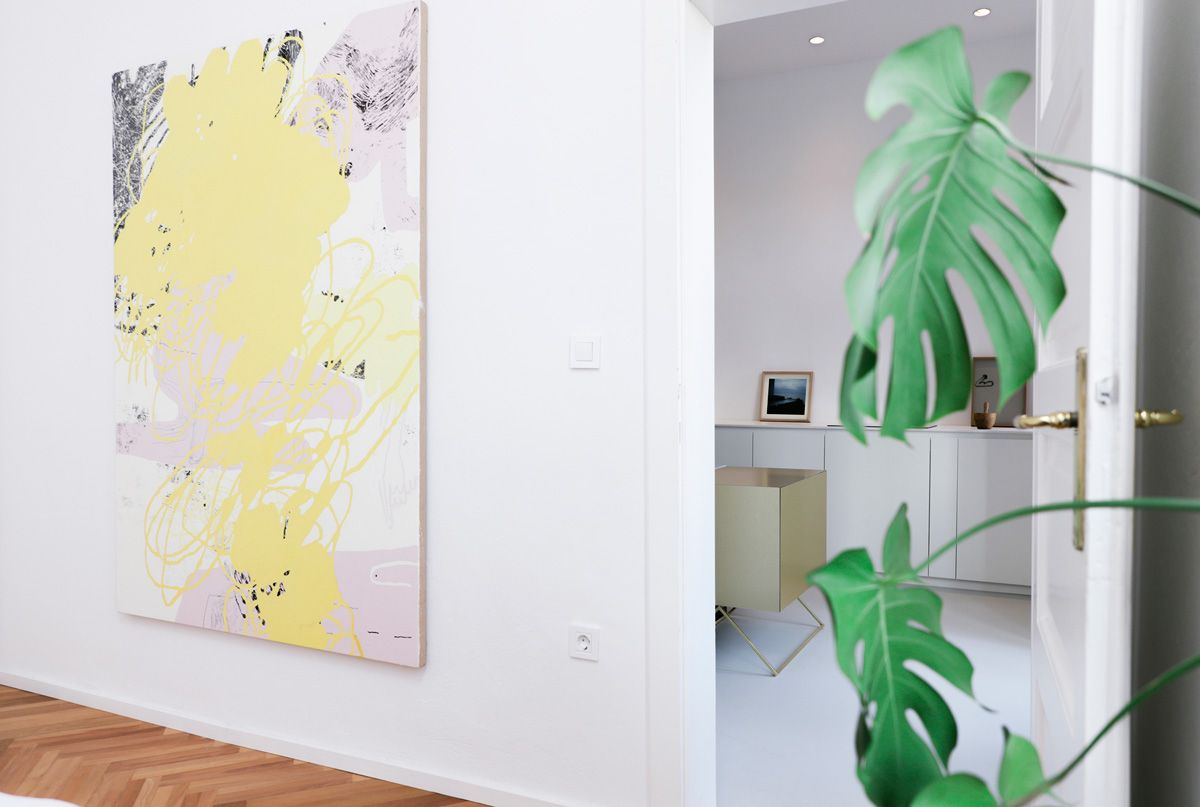
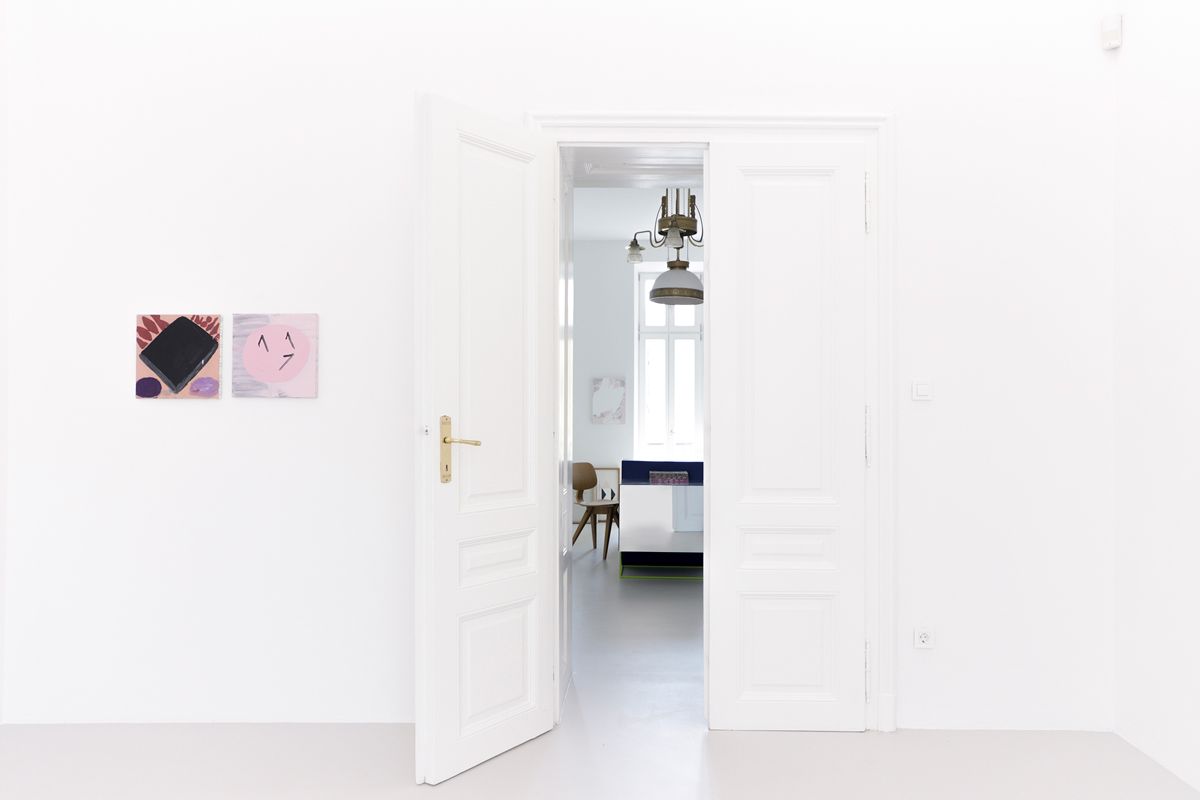
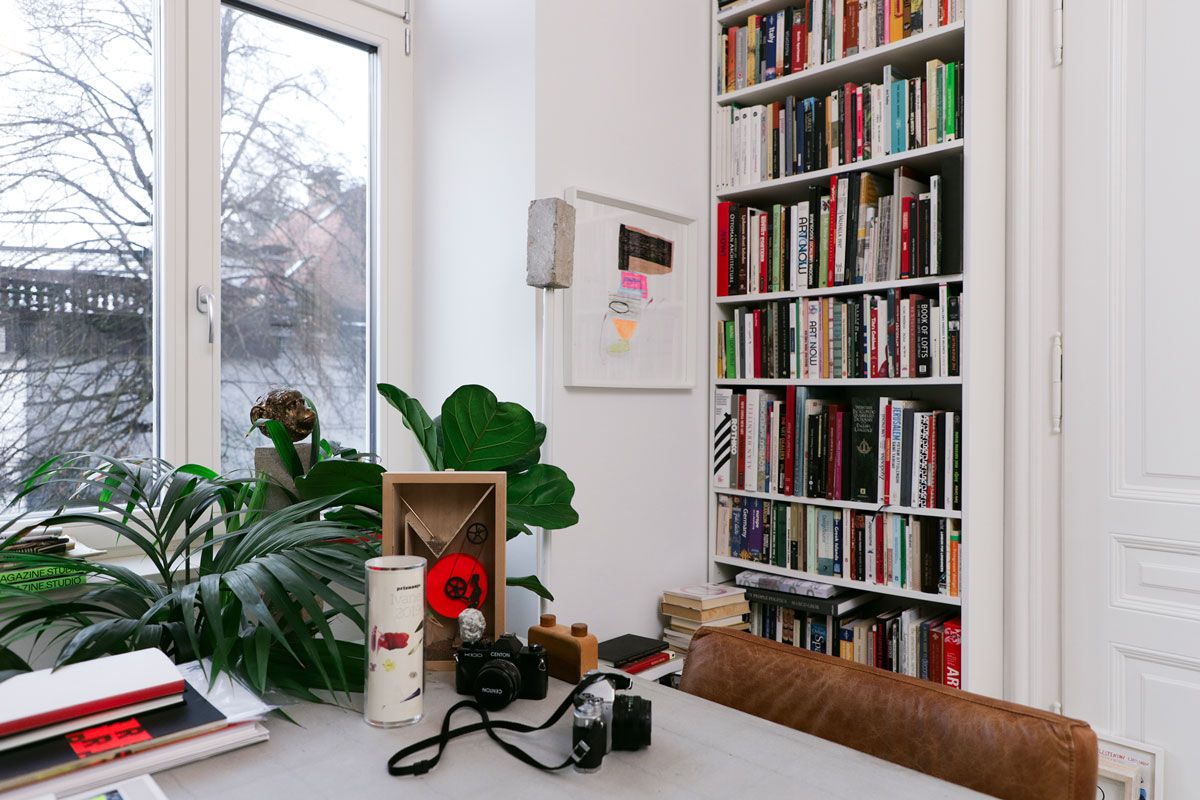
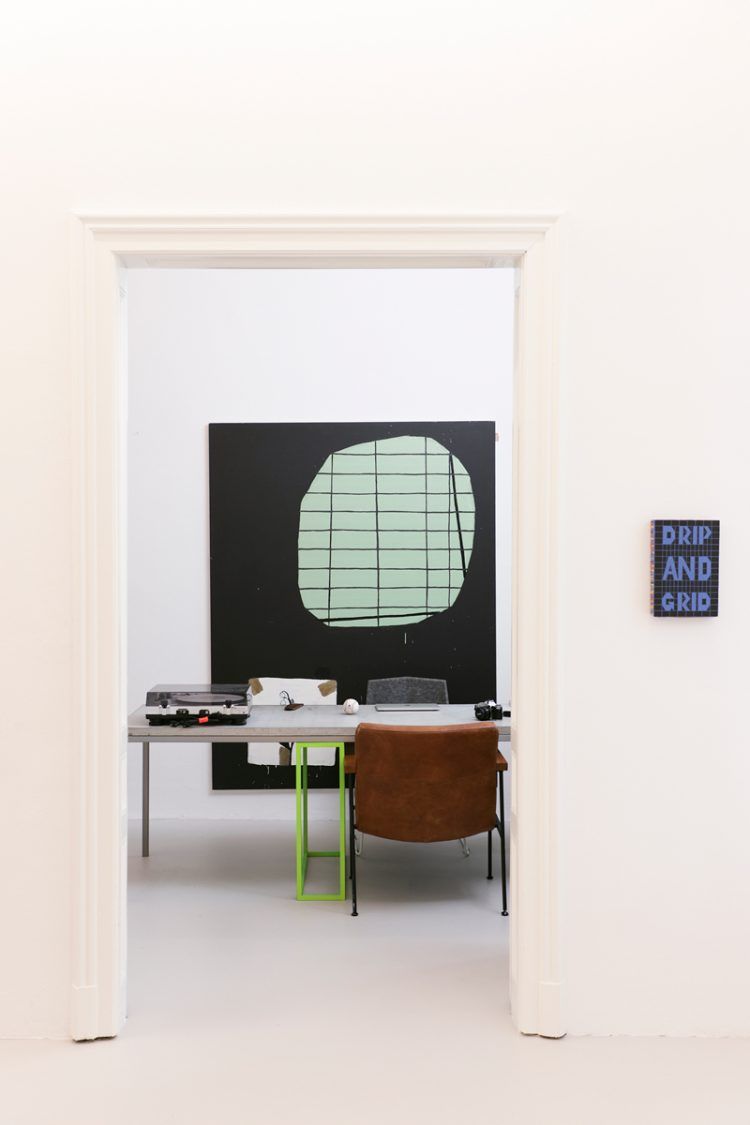
Maja Stamenkovic | Web | Instagram
Ravnikar Gallery Space | Web | Instagram
Source: Outsider
Photos: Marijo Zupanov

Enjoying the moment with a Sweet Scandinavian Bulle—The story of nor/ma

New York could be saved by expanding Manhattan
